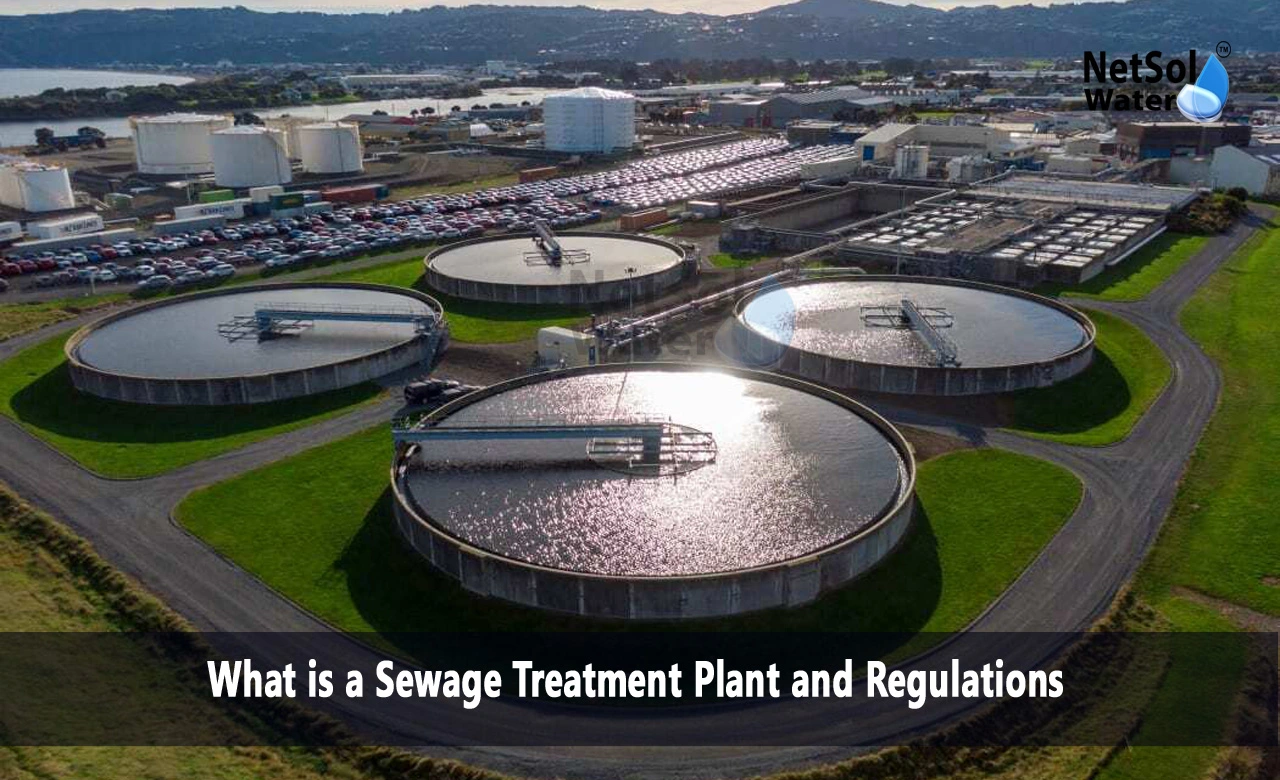What is a Sewage Treatment Plant and Regulations?
Sewage treatment plants form an essential part of India's environmental protection system. These facilities process wastewater into clean water that meets environmental standards. The Central Pollution Control Board reports that Indian cities produce over72,368 MLD (Million Litres per Day) of sewage. However, only about one-third receive proper treatment. This creates an urgent need for more treatment facilities across the country. The Government of India continues to expand treatment capacity through various initiatives. Understanding sewage treatment plants and regulations becomes important as India works toward its clean water goals.
What is a Sewage Treatment Plant?
Indian cities need effective wastewater management systems. Sewage treatment plants help address the growing challenges of urban water pollution. These facilities adapt international treatment methods to meet local conditions.
Indian sewage systems face unique challenges. The network includes both old colonial-era infrastructure and modern systems. Many areas still need proper underground drainage networks. The system handles both domestic sewage and industrial effluents. Municipal corporations maintain these networks under different local conditions. Let us know about the sewage treatment plants in detail:
Treatment processes involved:
Primary Treatment Process: Primary treatment removes physical waste from water. The process starts with screening out large objects. Grit chambers remove sand from monsoon runoff. Primary settling tanks separate solid waste from water. This step proves crucial given India's varied waste streams.
Secondary Treatment Methods: Secondary treatment adapts to India's climate conditions. The warm weather helps bacterial treatment processes work faster. Most Indian plants use activated sludge processes. Some facilities employ oxidation ponds where space permits. UASB (Upflow Anaerobic Sludge Blanket) technology works well in Indian conditions. These methods suit local temperature and waste characteristics.
Tertiary Treatment Applications: Advanced treatment grows more important in India. Some plants use tertiary treatment for water reuse. Industries often require this level of treatment. Many new plants include UV disinfection systems. This step helps meet stricter environmental standards.
Sewage Treatment Plant Regulations
Sewage treatment plants follow specific national guidelines. These rules ensure proper treatment standards across the country.
Central Government Regulations
Environmental Protection Act Requirements
The Environmental Protection Act 1986 sets the foundation. It gives powers to regulate environmental pollution. The act enables creation of treatment standards. This framework guides all sewage treatment activities.
Water Act Specifications
The Water Act 1974 controls water pollution. It establishes state pollution control boards. The act sets standards for water discharge. Treatment plants must meet these requirements.
State Pollution Control Board Oversight
Each state board enforces treatment standards. They issue consent to establish and operate. Regular monitoring ensures compliance. State boards adapt rules to local conditions.
Municipal Corporation Standards
Local bodies set additional requirements. They manage sewage treatment operations. Many corporations develop public-private partnerships. These arrangements help build new treatment capacity.
Modern Technologies in Sewage Treatment Plants:
Sewage treatment continues to advance. New technologies address local challenges effectively.
Automation: Modern sewage treatmentplants use automated systems. SCADA systems monitor operations. Plants implement IoT solutions. These technologies improve treatment efficiency.
Energy Management: Indian plants focus on energy efficiency. Many facilities install solar power systems. Some generate power from biogas. These measures reduce operating costs.
Resource Recovery Methods: Treatment plants create useful byproducts. Treated water serves agricultural needs. Biogas generates electricity. Processed sludge becomes fertilizer.
Digital Solutions: Indian facilities adopt digital management tools. Online monitoring connects to central servers. Mobile apps help track operations. These systems improve plant management.
Conclusion:
Your community deserves effective sewage treatment. Our team at Netsol Water understands Indian sewage treatment requirements. We can explain how these systems work in your area. Contact us to learn about treatment solutions for your location.
We understand local regulations and requirements. Our experience covers different treatment technologies. We can suggest improvements for existing systems. Your questions about sewage treatment deserve expert answers.
Start a discussion about protecting your local water resources. We help communities achieve clean water goals.
Contact Netsol Water at:
Phone: +91-965-060-8473, Email: enquiry@netsolwater.com



